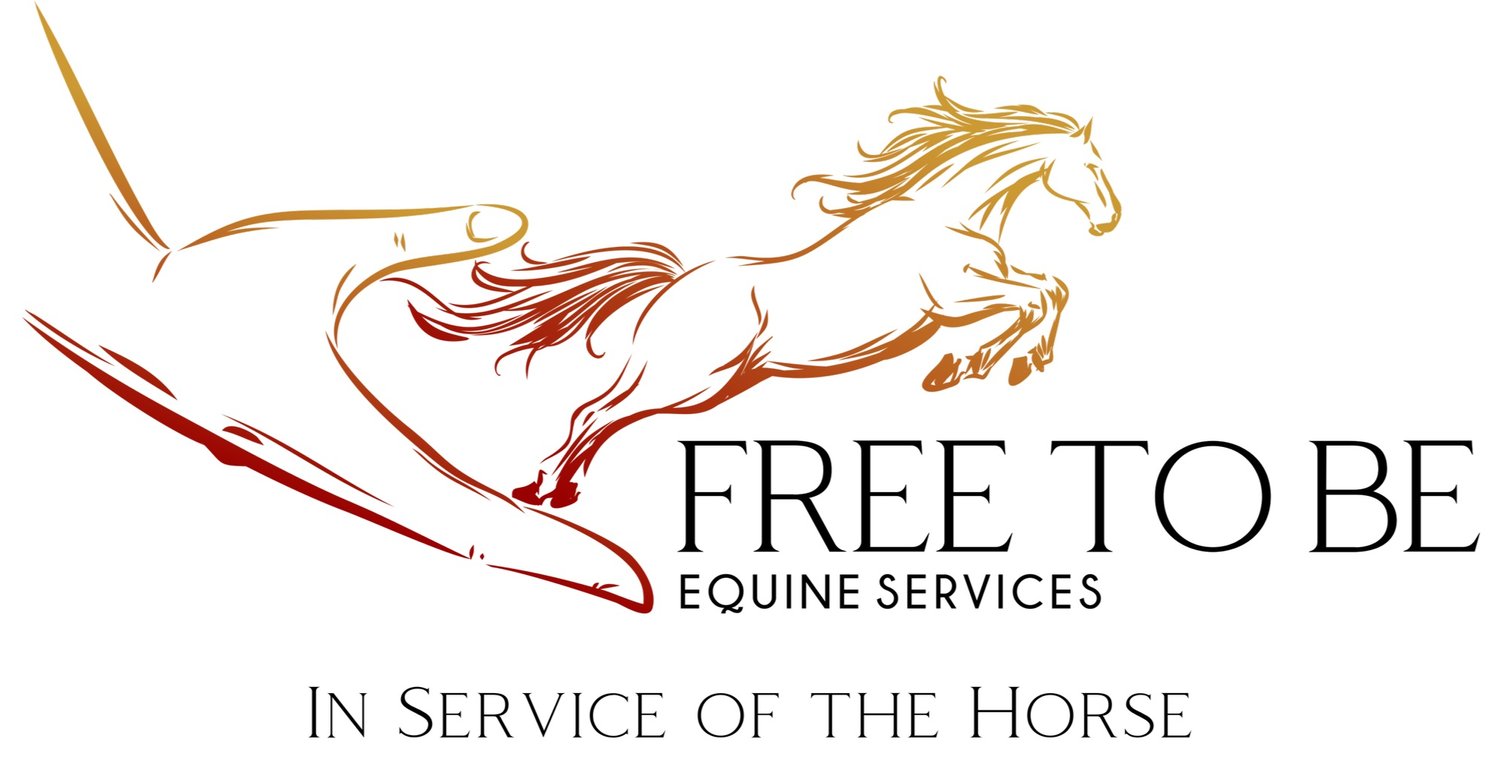Our horses' bodies house an intricate network of interconnected systems, each playing a vital role in their overall well-being. There is an especially fascinating relationship between the myofascial system and the craniosacral system.
What is the myofascial system?
Our horses' bodies - as well as our own - are enveloped in a remarkable web of connective tissue called fascia. The myofascial system refers to the relationship between our muscles and the fascia that surrounds and supports them. Fascia acts as a dynamic scaffold, providing stability, protection, and transmitting forces throughout the body. It's a living matrix connecting and permeating every tissue, organ, and system, enabling efficient movement and maintaining structural integrity. Fascia is also a sensory organ, rich in nerve endings and mechanoreceptors, and plays an important role in proprioception (awareness of the position and movement of the body in space).
What is the craniosacral system?
The craniosacral system encompasses the cranium (skull), spine, meninges, and cerebrospinal fluid (CSF). At the core of this system is the brain and spinal cord, which form the central nervous system. The craniosacral system plays a vital role in regulating various bodily functions, including our nervous, musculoskeletal, digestive, and lymphatic systems. It's responsible for maintaining the rhythm and flow of cerebrospinal fluid, maintaining vitality, and facilitating communication between the brain, spinal cord, and body. The cerebrospinal fluid feeds the nerves, which control every single function in the body!
The myofascial and craniosacral systems are intertwined, working together to maintain the body's balance and functionality. Movement of muscles and joints generate forces that are transmitted through the fascial network. This influences the craniosacral system through the nervous system and the movement of cerebrospinal fluid. Tensions and restrictions within the myofascial system can impact the craniosacral rhythm, potentially leading to discomfort, decreased mobility, and even disruptions in nervous system function. Conversely, dysfunctions within the craniosacral system through traumas, injuries, and impediment of fluid flow will reverberate throughout the fascial network due to the direct connections with the structures of the craniosacral system.
Understanding the inherent relationship between the myofascial and craniosacral systems opens up new paths to optimal wellness. Approaches such as myofascial release and craniosacral therapy, the manual therapy modalities that are my focus, aim to restore balance, release tension, and promote healing by addressing dysfunctions within both systems. By harmonizing these systems, we can support our horses' bodies' innate capacity to heal and thrive.
Common reasons that craniosacral and myofascial therapies are sought after for horses*:
Pull back incidents, head injuries (commonly hit on beams, fences, and trailers), and horses who have been cast or otherwise strained their neck.
Sensitivity to touch or holding excessive tension in their jaw, ears, and/or poll.
Head shaking.
Difficulty building correct musculature in their neck and thoracic sling.
Back pain and tension, a weak topline, or imbalances in the spine.
Difficulty bending or balancing on a circle.
Reduced range of motion.
Changes in habitual posture.
Imbalances and weaknesses in the pelvis.
Difficulty holding up limbs for the farrier.
Uneven hoof wear patterns.
Anxiety and excessive spookiness, or an inability to self regulate.
Stress behaviours under saddle.
And many more!
*Injuries, illnesses, and lamenesses must be evaluated by a veterinarian first.
Do you want to know more about craniosacral therapy, and what it can do for horses? Check out the FAQ page.
You can also read all about myofascial therapy HERE.
As always, species appropriate care, management and interaction is key for supporting both systems. This means adequate turnout and socialization with other horses, species appropriate diet, balanced healthy hooves, and understanding equine behaviour in order to facilitate clear communication and anxiety free interaction between horse and human.
Are you on Vancouver Island and think your horse could benefit from this holistic approach of equine bodywork? Contact me to set up an appointment, or learn more about my sessions here.

